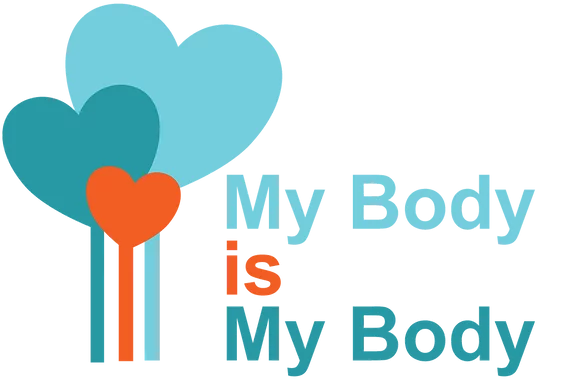What You’ll Learn Today
- Where peer pressure often shows up, like in schools and friendships.
- The difference between direct and indirect peer pressure.
- Simple ways to stand strong and make your own choices.
👉 “Please watch this 3 minute 57 second video and read the important lesson below before moving on to the quiz. The quiz will unlock once both are completed.
Pay attention to: - Examples of direct peer pressure (like someone telling you to do something).
- Examples of indirect peer pressure (like feeling left out for not joining in).
- Tips for standing strong, like saying “no” or finding supportive friends.
- The idea that true friends respect your choices.
Thinking About Peer Pressure in Schools & Friendships
Have you ever felt like you had to act a certain way to fit in with friends at school? Maybe someone asked you to do something you weren’t sure about, or you felt left out for not joining in. Peer pressure happens a lot in schools and friendships, and today we’ll learn how to spot it and handle it confidently.
Direct vs. Indirect Peer Pressure Activity
Peer pressure can be direct (someone says something to push you) or indirect (you feel pressured without anyone saying anything). Read these scenarios and decide if they show direct or indirect peer pressure. Write down your answers and explain why you think so.
- Your friend says, “Come on, skip lunch to play this prank with us!”
- You notice all your classmates are wearing the same brand of shoes, and you feel like you need to get them too.
- A group of friends invites you to join a study group to prepare for a big test.
- Someone says, “If you don’t try this, you’re not cool enough to hang with us.”
Let’s Talk About It
Think about these questions:
- Can you think of a time when you felt direct or indirect peer pressure at school or with friends?
- Why is it sometimes hard to say “no” to friends? What can make it easier?
Here’s a hint: Saying “no” can feel tough because you want to fit in, but true friends will respect your choices. Practicing simple, kind ways to say “no” can help you feel more confident.
Wrapping Up
- Peer pressure often happens in schools and friendships, where fitting in can feel really important.
- Direct peer pressure is when someone pushes you to do something, while indirect peer pressure is when you feel left out or want to fit in without anyone saying anything.
- You can stand strong by saying “no” kindly, finding friends who respect you, and walking away from uncomfortable situations.
- Being different is okay—true friends like you for who you are!
Next time, we’ll explore how peer pressure happens online, like in social media or group chats. Keep practicing standing strong.
Check out our other MBIMB Courses


